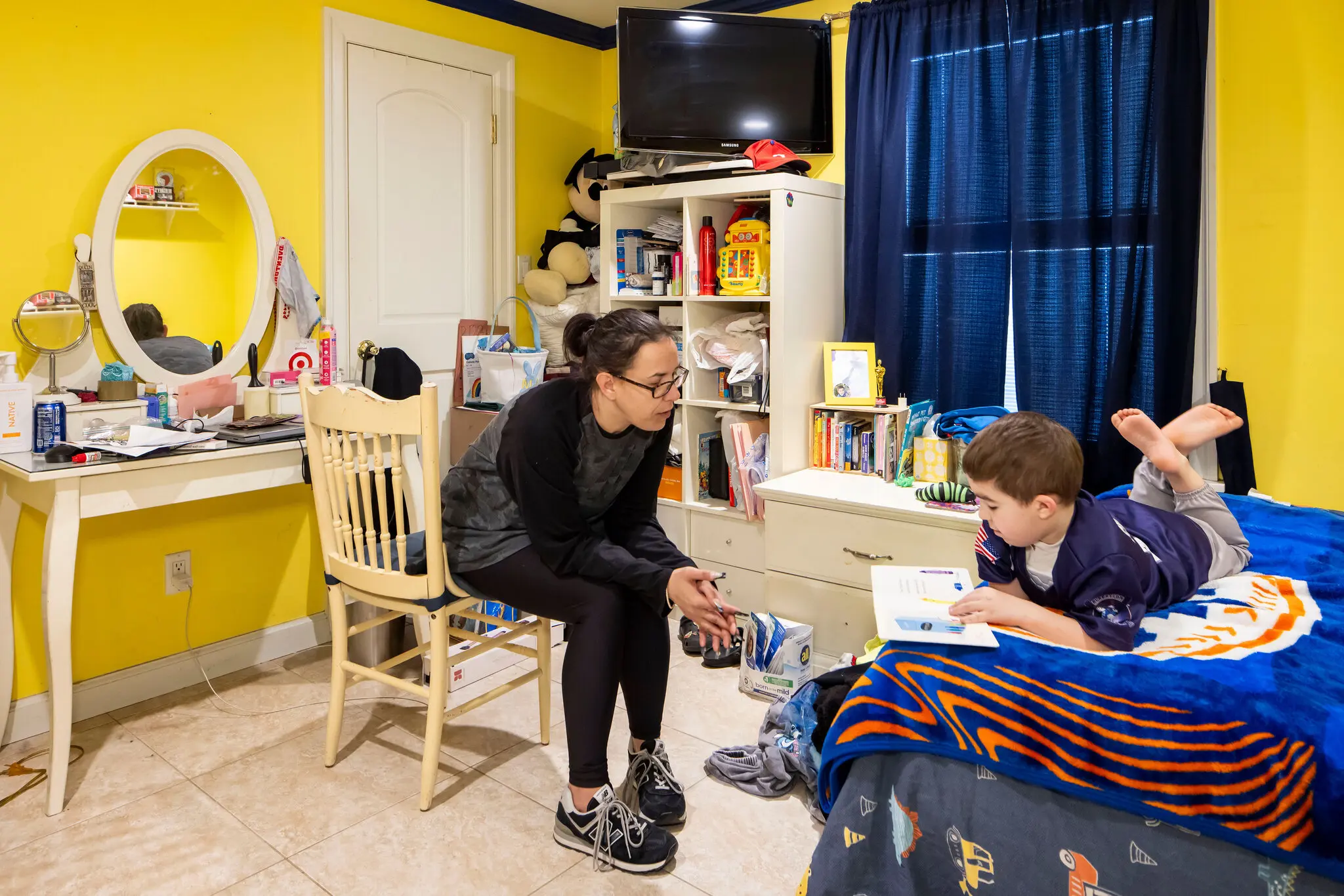Financial emergencies usually occur without warning. Whether it is a medical emergency or a global health crisis like COVID-19, having a backup financial plan can help you steer through them.
An emergency spending fund allows you to take advantage of cash savings while you are under financial stress. Without an emergency fund, you may end up avoiding your payment obligations, start borrowing from family and friends, or making purchases through high-interest credit cards.
How Much Money to Save In An Emergency Fund?
When creating an emergency spending fund, there are some principles suggested by financial experts that you can adhere to. For instance, you can start off by saving a minimum amount first, such as $1,000.
This will provide you with enough backup to take care of any minor emergencies that may arise. From here onwards, you can proceed to save 3-6 months’ worth of daily expenses. While this is a fine starting point, it is not a hard and fast rule.
The COVID-19 pandemic has demonstrated how even 6 months’ worth of daily expenses may not be sufficient where there is an extended downturn in income. According to a poll by Harvard University, 48% of households that went through unemployment went through all or most of their emergency savings as a consequence.
When figuring out an amount to keep in your emergency fund, here are few factors to consider:
- The number of individuals in your home
- The number of individuals in your home who are earning
- The minimum amount you will require to cover your monthly expenses
- The stability of various income sources
Your emergency spending fund should be a realistic amount, considering how much you can afford to save and how much makes you comfortable. For instance, rather than opting for the 3-6 months’ rule, you can choose 9-12 per month.
Alternatively, you can even choose to set a dollar amount for each member of the household, such as $2,000 or $4,000 for each individual.
How to Build an Emergency Fund
It is best to start creating an emergency spending fund as soon as possible. Starting early will give you a better cushion against the unforeseen emergencies in life. Here are some tips to help you get going:
Track Income and Expenses
Take note of the amount of money you earn and spend every month. Make sure to include your recurring expenses like utility bills, mortgage, rent, and childcare. Also, consider adding any additional expenses that may arise, such as dinner out, movie tickets, and new clothes.
Set an Emergency Savings Goal
You can either cover 3-6 months’ worth of daily expenses or save a dollar amount for each member of the household. If you have a relatively stable income or can access credit, such as home equity, then you can plan to save a lower amount. On the other hand, if your income is less certain, then you may want to save more.
Contribute Consistently
Take out a comfortable portion of your salary every payday period. Aim to save a certain amount consistently, and if it becomes possible to pitch in more, then you will see your savings rise even faster.
You can transfer a small part of your monthly income to your emergency spending fund during each period via automatic transfer. Once your fund is ready, you can put in additional savings for your long- term goals, such as a down payment or mortgage.
Monitor Your Progress
Keep checking your savings to regularly monitor the growth of your fund. You can keep a running total of your contributions or get automatically notified by your bank. Watching your fund grow can provide you with the encouragement and motivation to keep going.
Save Your Tax Refund
You may receive a tax refund if you have paid more tax than you owe. You may want to consider that as additional money for discretionary spending. However, consider adding it to your emergency spending fund for extra financial protection.
Figure Out Ways to Enhance Income and Minimize Expenses
You can funnel the extra cash into your emergency spending fund by boosting your cash flow and decreasing your expenses. Here are some tips to help you out:
- Sell unused items online
- Fill out online surveys
- Eat at home more often
- Take a shopping list when you go grocery shopping so that you aren’t tempted to buy things you don’t need
- Ask your credit card provider if a reduced interest rate is possible
- Choose public transportation instead of your own vehicle
Keep Your Fund Accessible
A liquid account is most suitable for an emergency spending fund, as it makes your cash readily accessible. This can be a conventional savings account at a bank or credit union, which offers a return on your deposit and allows you to withdraw your money without any penalty.
Other options include certificate of deposits and mutual funds. However, you may not be able to use your money immediately in case of an emergency.
Stick to Your Plan
Once you have drafted a saving plan, make sure to stick to it. This can often be the most difficult part of creating an emergency fund. Setting realistic goals will make it realistic for you to follow your plan. Make sure you keep this fund separate from all your other accounts.
Final Thoughts
As you keep saving, you will see your emergency spending fund growing larger with time. Try and resist the temptation of spending that money on an expensive vacation, a home theatre system, or other non-emergencies.
The fund is known as an “emergency spending fund” for a reason, so make sure you don’t withdraw any money unless there is a real emergency. Once you’ve successfully saved the amount you wanted, pat yourself on the back and move on to your next goal.
Check out more rental advice here!
Need a new rental home? Dwellsy has got you covered.






